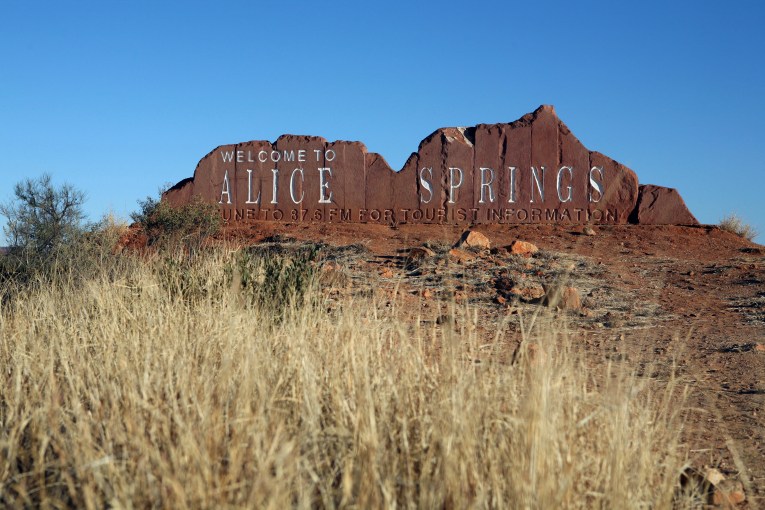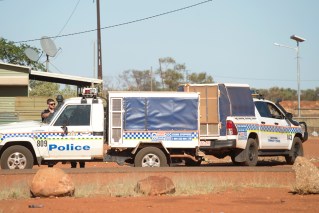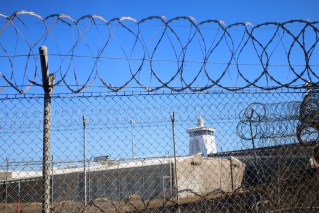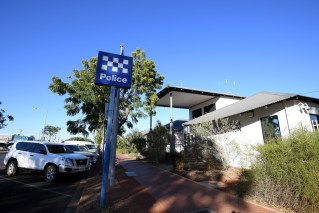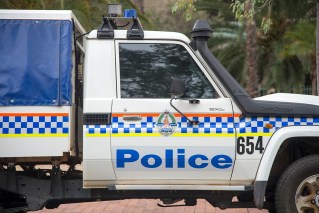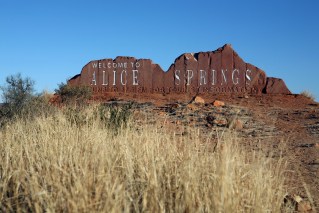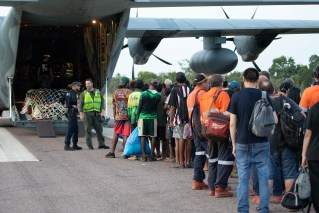Pilot killed in NT cattle station helicopter crash had high blood-alcohol level, flying too low, ATSB finds
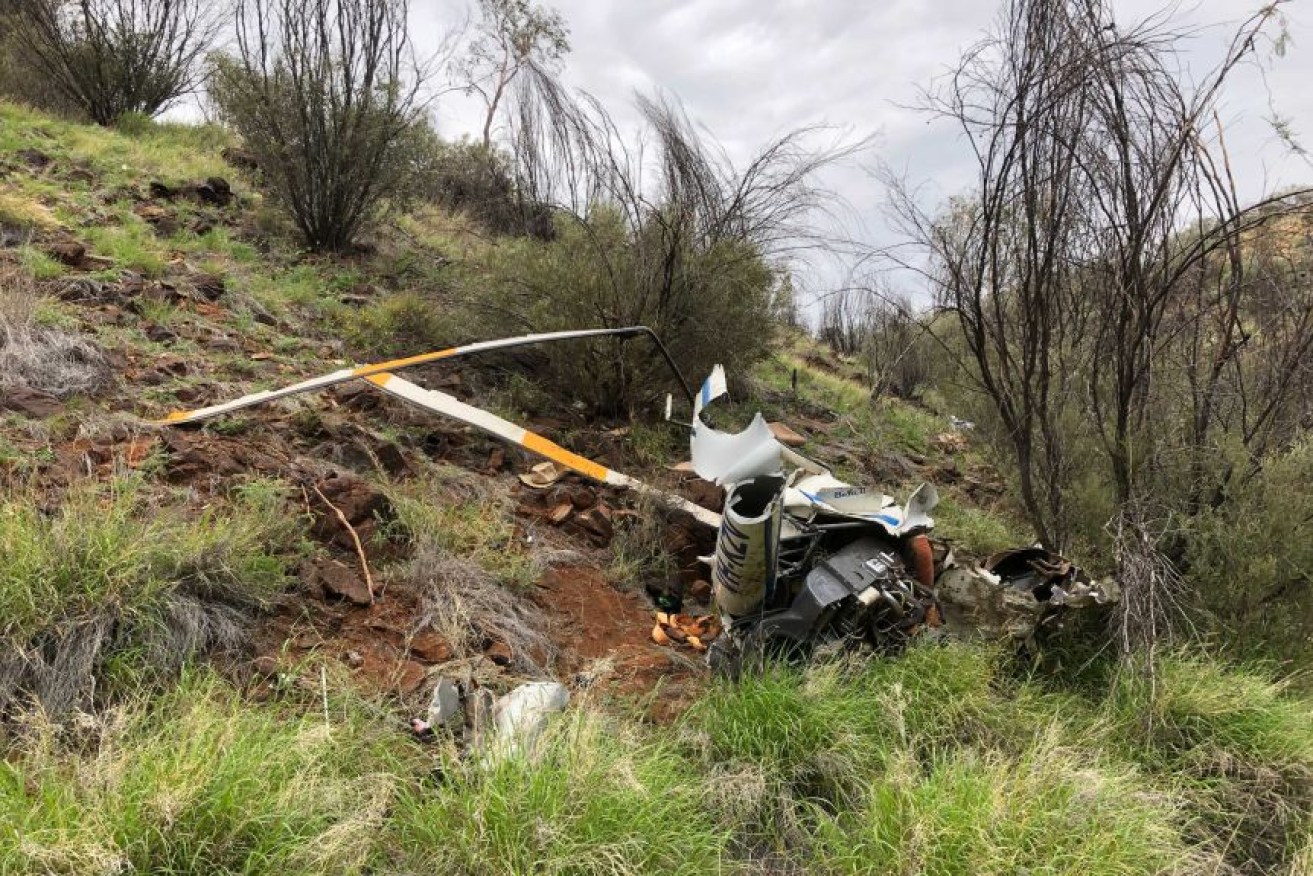
Campbell Taylor was killed and a passenger was injured when a helicopter crashed on Ambalindum Station in 2018. Photo: Supplied/Australian Transport Safety Bureau
A pilot who died when his helicopter crashed on a Central Australian cattle station was flying too low in turbulent conditions and had a blood alcohol level “capable of impairing pilot performance”, according to a report from the Australian Transport and Safety Bureau (ATSB).
In November 2018, a Robinson R22 crashed into the side of a hill in the MacDonnell Ranges on Ambalindum Station, about 125 kilometres north-east of Alice Springs, leading to the death of the pilot, Campbell Taylor, and serious injuries to the passenger.
The ATSB investigation into the crash found Taylor had a 0.14 blood alcohol concentration level at the time of the crash, likely the result of drinking late into the previous night.
Stuart Godley, director of traffic safety with the ATSB, said alcohol was likely not the primary cause of the crash but could have impacted Mr Taylor’s response time.
“If he had to react very quickly to a weather event — [like] a down-draft — then alcohol in the system can really have an effect on how quickly you react and recover from such a situation,” he said.
“He was a fair bit above the level he was safe to drive and definitely above the level safe to fly, which should be a zero.
“That’s a very important point for pilots to be aware of; they can still be affected by alcohol after a late night drinking.”

The Australian Transport Safety Bureau found the helicopter was flying too low for the turbulent conditions. Photo: Supplied/ATSB
‘The pilot was flying fairly low’
The ASTB investigation determined the likely cause of the crash was that the helicopter encountered turbulence while it was being flown unnecessarily low, with insufficient height to recover.
The helicopter should not have been lower than 500 feet above ground level, but the report noted it was flying at 142 feet above the ground about a minute before the crash.
At the time of the crash there was “moderate turbulence” in the area, according to the ATSB.
“[The pilot] was flying in the lee side of higher ground, with the prevailing winds coming over the hills,” Mr Godley said.
“This most likely generated mechanical turbulence with the potential for strong down-draft in the area where the accident took place.”
Mr Godley said there was no evidence the pilot had conducted any weather planning, and he was in the habit of flying low.

Campbell Taylor flying his helicopter in Central Australia. Photo: Facebook
“Based on track data from previous flights, and Go-Pro footage, the pilot seemed to have a habit of manoeuvring his helicopter along the contours of the dry riverbeds of the area, and this is what appears to have happened on the day,” he said.
“Rather than flying at a safe altitude, which is above 500 feet, the pilot was flying fairly low.
“Even if a pilot has been trained and approved to conduct low-level operations it should be avoided when there is no operational need to do so.”
Emergency locator transmitters switched off
The investigation found a number of other factors increased the risk of a crash, including incomplete pre-flight planning, overloading, and a forward centre-of-gravity.
It also noted the importance of having emergency locator transmitters (ELTs) switched on when flying, so that if the helicopter did crash, a signal could immediately be sent to rescue teams.
“On this particular occasion the ELT was set to ‘off’, so when the helicopter crashed nothing happened,” Mr Godley said.
“It was just really lucky that the passenger was conscious enough to be able to reach over and grab the pilot’s spot tracker [satellite tracking device] and set that off.
“That sent a signal to the station so that a rescue could be enabled very quickly.”
The pilot’s employer, Hewitt Cattle Australia, was contacted for comment.
